Superlifes » Riffling hitches and micro Iceland flies – the playbook for Midfjardará salmon fly fishing
23-02-2024

Iceland’s Miðfjarðará, “the Queen of Rivers”, is one of the best places on this planet to hone your single-handed surface-fishing techniques for salmon. We’ve had the privilege to experience the Midfjardará lodge several times and learn quite a few tricks from their guides – learnings that have also proven effective elsewhere. Here is our interpretation of what to expect from a fly fishing trip to Iceland, with much of the same guidance applicable also to other similar rivers like Laxá i Kjos, Selá, Hofsá, Langá, Nordurá or Vididalsá.
Text: Antti Kalske
Images: Midfjarðará Lodge
If one extreme of the salmon fishing spectrum would be early season Baltic salmon fishing with sinking lines and double-handed rods on big rivers, a 4-day trip to Midfjardará would be the exact opposite of that. Light single-handed rods, intimate pools, finesse approaches and above all: surface action and small flies. Floating lines, light tippets (around 0.25 – 0.30 mm) and a seven-ish weight, 9-10 foot setup is the way to go.
Fishing takes place in pairs with two rods per guide, who drives you along (and through) the river with a 4×4 wheel truck to reach a diverse collection of beautiful pools. Perhaps the most typical ones are shallow, calmly moving grass bank runs, from just a few meters wide to near double-handed distances at the famous Airport pool. These are accompanied by deep holding pools and rocky canyon areas with white water turning into turbulent tails. Midfjardará’s fishing tempo can be described as something like “run-and-gun”, with a quick round or two – sometimes even just a few casts – used to cover dozens of pools, rather than spending hours monotonically combing through any one of them.
So what kind of fly fishing techniques can you expect to use and importantly – what kind of flies do they require?

For many, riffling hitch fishing is the number one reason to go fly fishing in Iceland. During our visits, this has indeed been the “plan A” most of the time. When entering a pool, your guide will typically suggest doing your first round with a hitch as a searching pattern before considering other moves. Getting your hitch to riffle properly is easier with a short leader, which is why it might be worthwhile to carry along two setups: one with a short leader and a riffling hitch, one with a long leader for everything else, but especially dry flies and coneheads.
I remember Midfjardará’s head guide, Helgi, saying “the only thing that matters about a hitch is that it hitches” (=creates a V-shape wake). Even if the colors would not play a huge difference, it is a good idea to carry a few different sizes with you. Our ¾” hitches are a good “small” hitch size, while ½” is already so microscopic that you will have a hard time finding small enough tube hooks to fit in. A slightly larger 4cm Sunray hitch or foam hitch is a good larger option. You decide whether color matters or not, but we have caught the largest salmon of the trip at least twice on a green Fluoro Black hitch. Black, blue and silver might not be bad options in the form of for example Blue Charm, Arndilly Fancy or Silver Wilkinson.
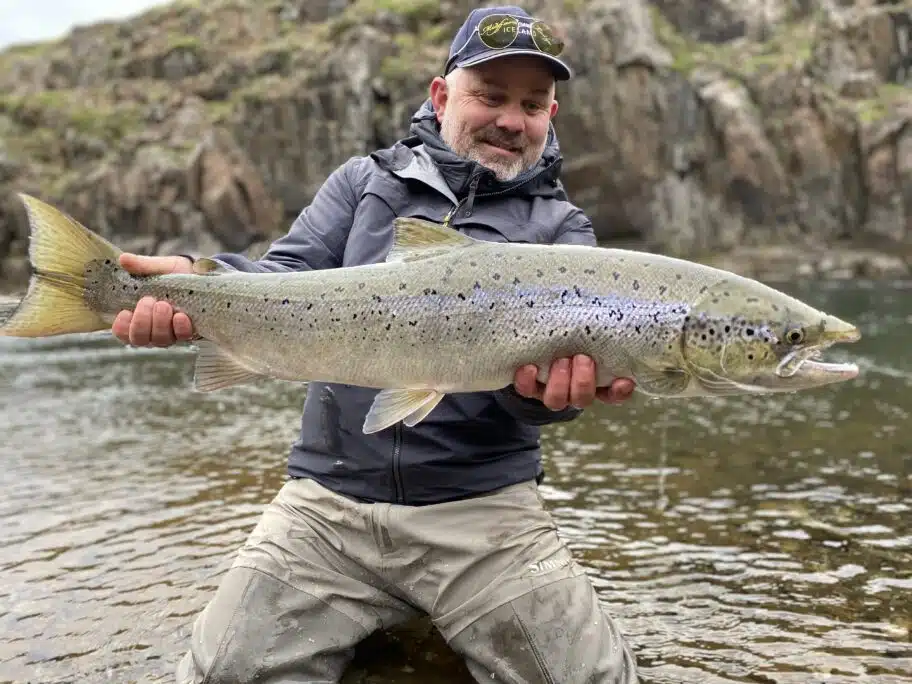
Regular Sunrays also have their place as searching patterns, but our experience is that guides will more often opt to start with a hitch. We have used larger, around 10cm Sunrays successfully during heavy winds as well as extremely slow days to spark some attraction. However, in average conditions smaller sizes around 4-8 cm are the norm. Your 15+ cm Sunrays can be left home – save them for Norway. Techniques are the same: cast cross-current and use long strips to give the fly extra speed if needed. The goal is to quickly scan an area for active fish.
While dry flies are rarely used to search large areas, they will often get the first shot when casting to a sighted fish or if the pool is best fished directly upstream. In the skinniest and narrowest pools, standing upstream of the fish could easily reveal the angler, whereas an upstream cast from behind the fish with a long leader provides more stealth. We have used mostly Pomperos and Foambers, but any type of Bomber fly will do the job. Small sizes, meaning #8-10 have worked well, with grey, brown, olive and green being good color options.
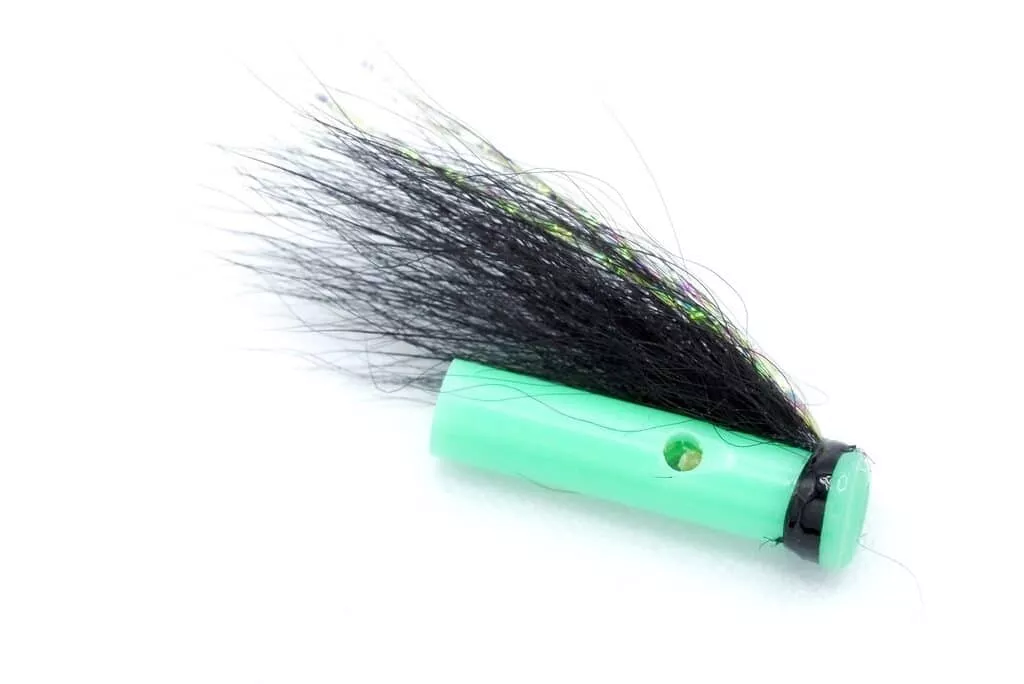
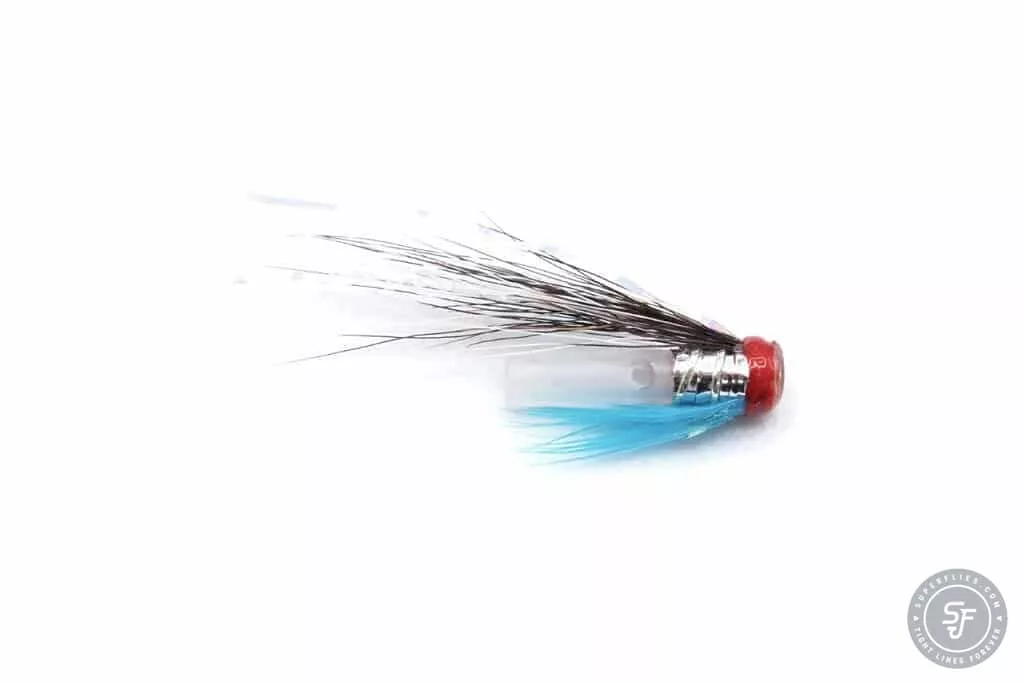




So you’ve finished off your first searching pattern or dry fly round. What next?
Depending on what happened during the first round, there are a few options. Perhaps you move on to the next pool, if there is no action around. If you know you are fishing a “hot” pool or have managed to get even the slightest reaction from a fish, you will probably want to target it again with another fly and technique. This might be a small double or treble, #14 being the standard size, but #16-18 are regularly used as well. Some anglers and guides might also like to start off with a double, but for us it has been more of a precision tool for identified or assumed fish.
Green Butt, Undertaker or any black-winged fly you trust will work. Blue and silver is a classic combination in Icelandic salmon rivers: Nagli, Randy Candy, Dimmbla, Blue Charm, Haugur and the likes should be in the mix. Small Frances and Ally’s Shrimp trebles can also be worth a place in your box, as well as our trusted Ake and Munro’s Killer. In stronger current, you might opt for something like a micro-size conehead Sunray or an even heavier micro conehead to just break under the surface current. In addition to classic swings, a popular technique is casting cross-current and taking the fly in with short, quick strips, creating an erratic jerking motion.


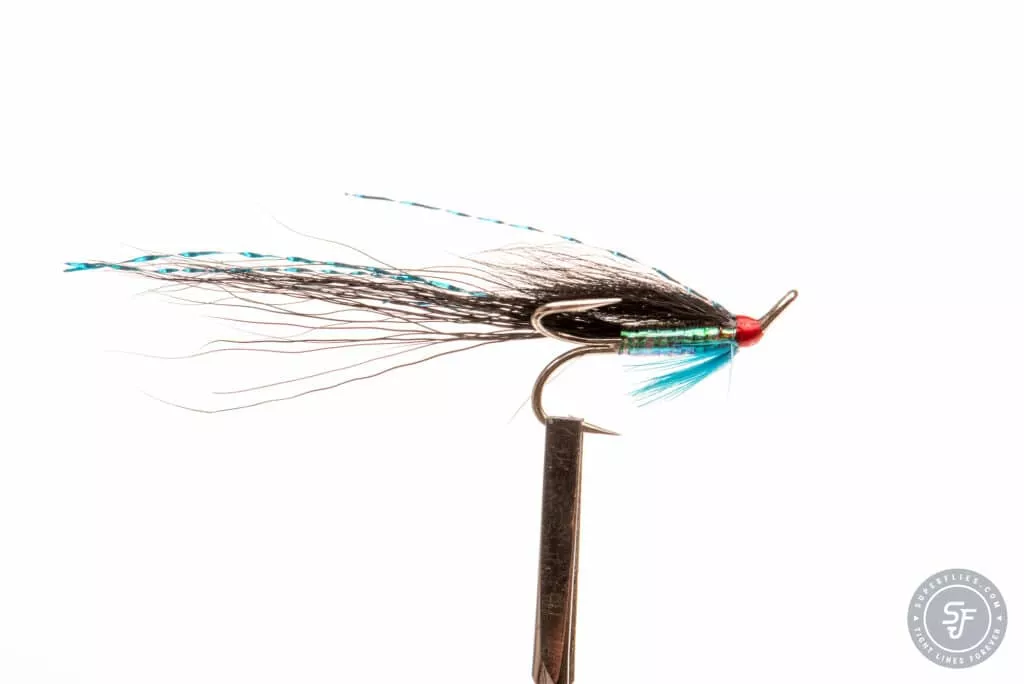

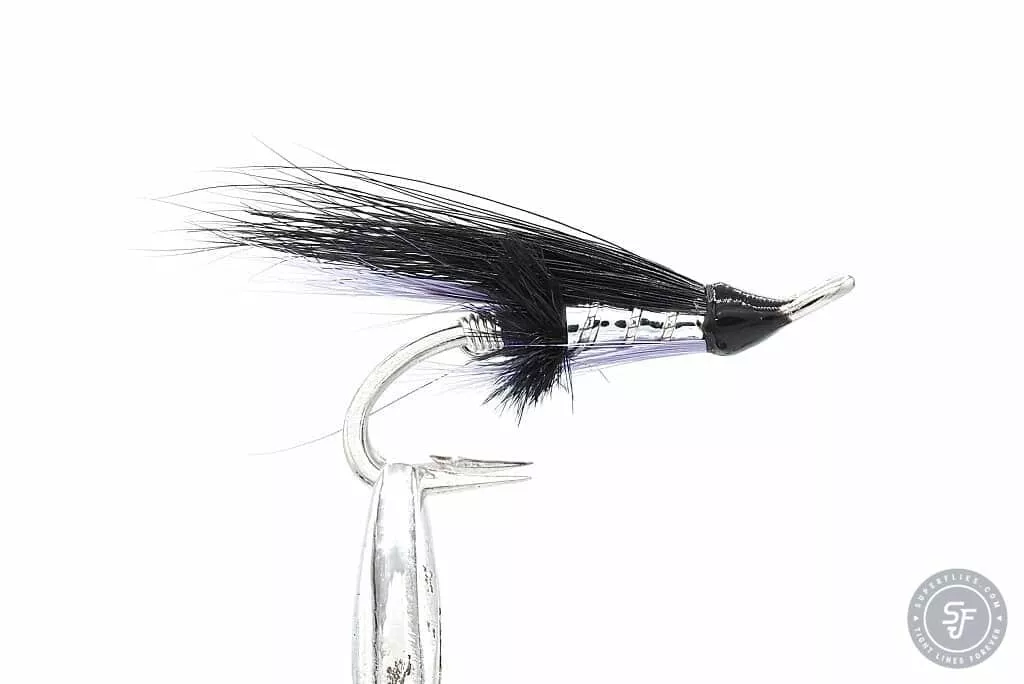
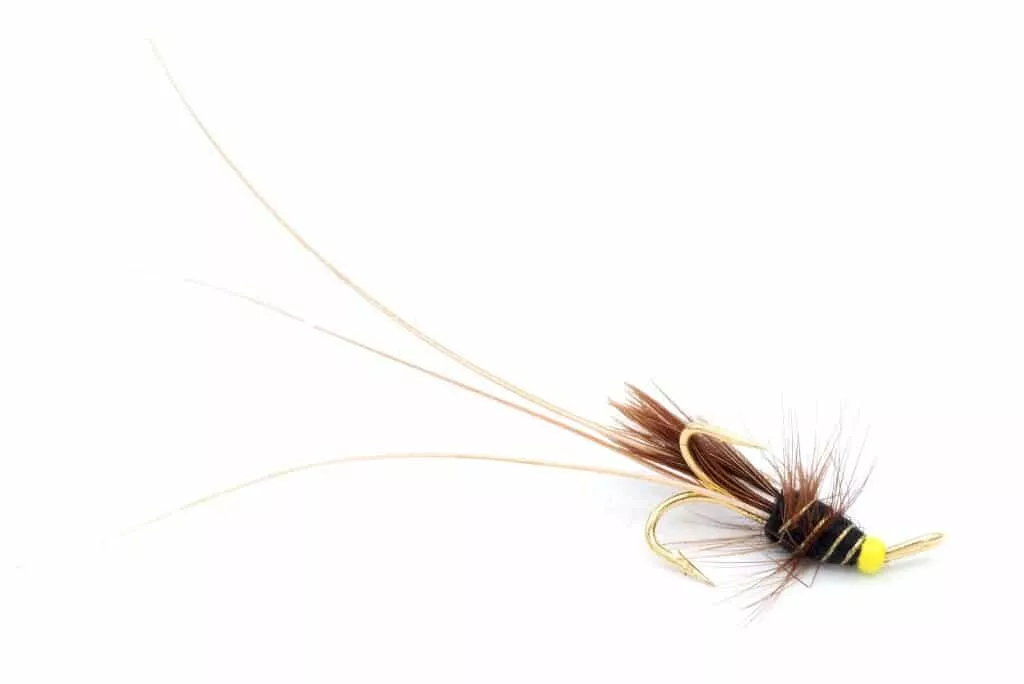
Another tip is “nymphing” a small double directly upstream. Cast upstream well above the fish, let the fly sink for a few seconds giving slack line, and then strip keeping contact so that the fly moves almost on a dead drift, but slightly faster than the current. You can try this out in situations where your dry fly hasn’t sparked a take before moving into heavier upstream options. This can also be practiced with traditional nymphs: a Prince Nymph or maybe an Orange Tag might not be a bad idea to have as a backup.
We don’t necessarily see the point of traveling to a surface fly paradise specifically to whack grilse with Frances and Snaeldas. A needed disclaimer to this is that when fishing Iceland’s larger rivers like West and East Rangá, Blandá and Stora / Big Laxá, you’ll need a different, perhaps slightly more “normal” set of flies with your standard sized Snaeldas, Frances, Sunrays and medium-size coneheads. That said, there is also a place for heavier flies in Midfjardará!
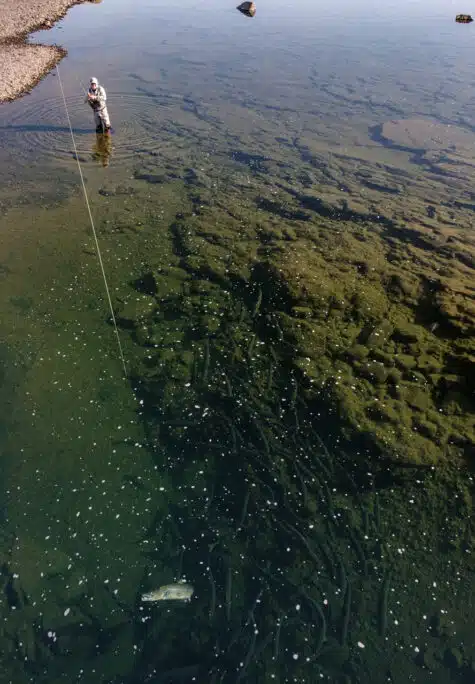
Especially micro coneheads are a “genre” of flies that we have learned from Iceland, but which have also been effective in Norway. A tiny Collie Dog, Hairy Mary, Blue Vulture or other pattern with similar colors tied on a relatively heavy conehead will give you a chance to entice passive fish and fish deeper holes. Micro coneheads aren’t as heavy (and disturbing to the fish) as big Snaeldas, but sink quickly with much less water resistance. Especially when using long, thin tippets. They are commonly dead drifted with upstream casts as a last resort option, if you have located fish that show no interested in surface flies or doubles.
And let’s not completely rule out that Frances either – after all it is an Icelandic pattern! We have used red, black and olive Frances similarly to micro coneheads in micro to medium sizes. In general the guides won’t be too positive about using them, but might reluctantly suggest them on a slow day if nothing is moving. This is understandable, as much of the magic of Midfjardará’s pools is based on minimizing disturbance and therefore keeping the fish active. Using a lot of heavy flies would slow down the fishing for everyone at the lodge.
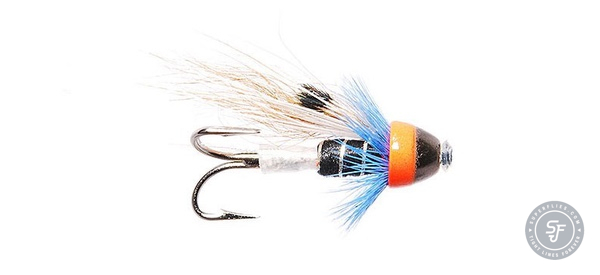

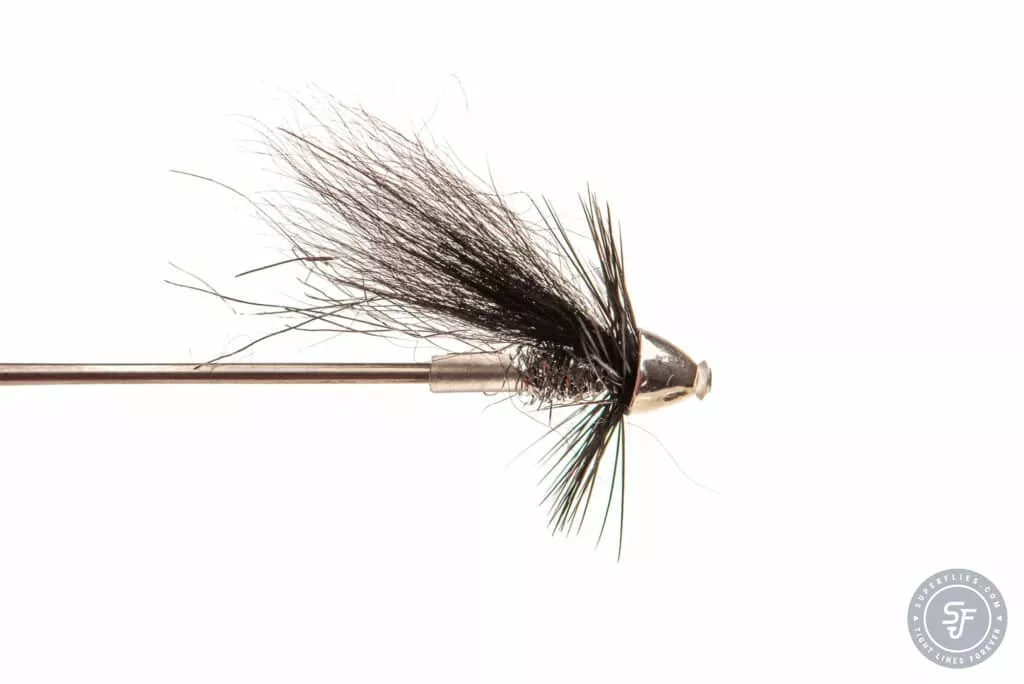


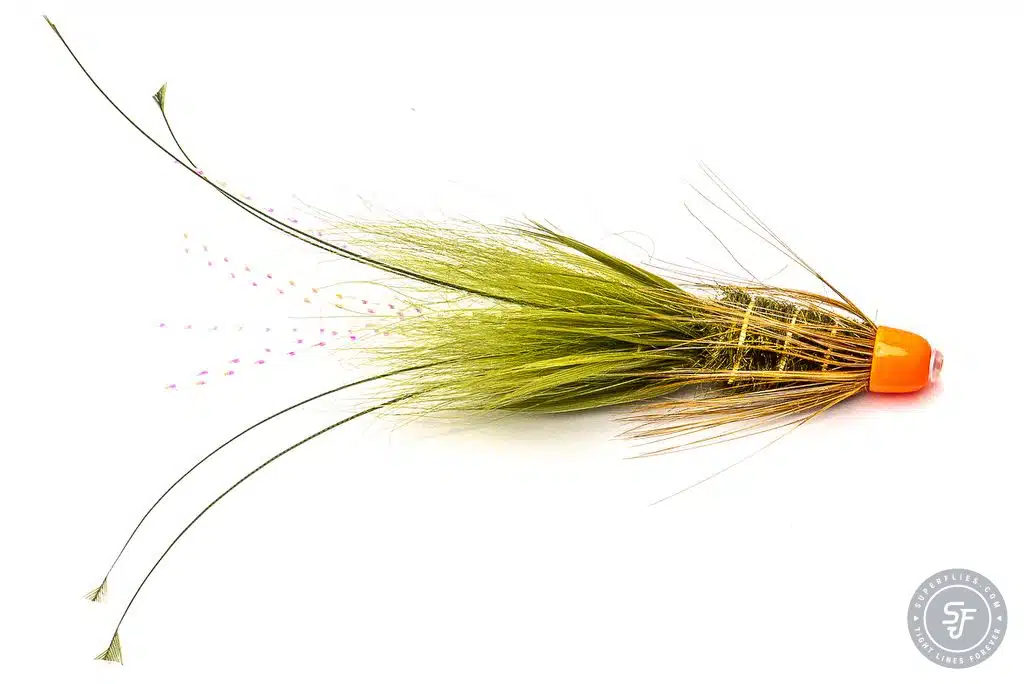
Following this playbook, you’ll want to put together a selection of:
Customize your own version or check out our pre-built Midfjardará salmon fly selection.